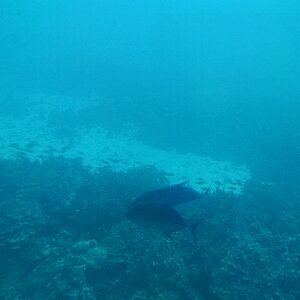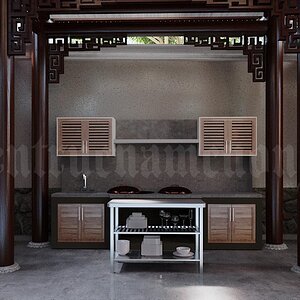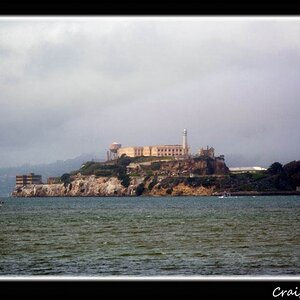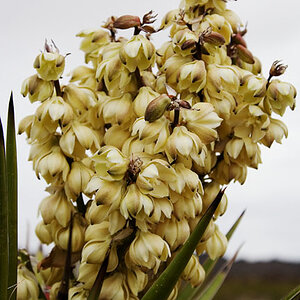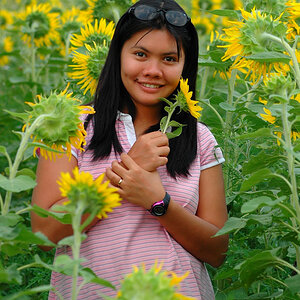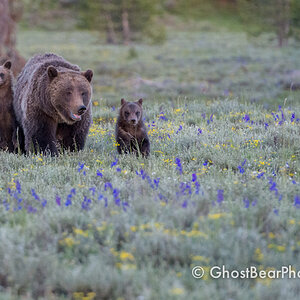jake337
Been spending a lot of time on here!
- Joined
- Jun 3, 2010
- Messages
- 4,274
- Reaction score
- 1,245
- Location
- minnesota
- Can others edit my Photos
- Photos OK to edit
At some point in the future there may be throw away 35mm digital cameras lije these.
throwaway digital camera - Google Search
I'm guessing none of us will see that in our lifetimes though.
Did this ad not show up for you in your Google search?
http://www.ideastage.com/Disposable...2JMgYlr4mJeyo9KO9OQ9qb_wH2eLiubLFWBoCrlLw_wcB
Edit: Also Solo Plus Digital Camera 27 Exposures (Receive Prints And CD)
Maybe. Wasn't paying to close attention. Probably because I searched throw away instead of dispisable.


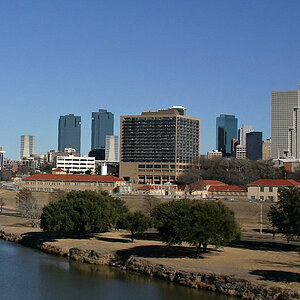
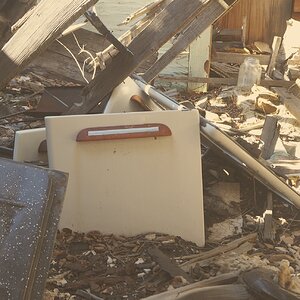
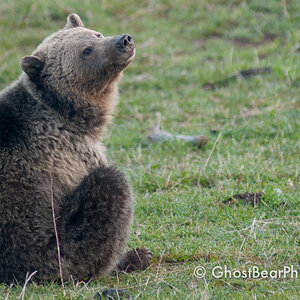
![[No title]](/data/xfmg/thumbnail/42/42017-05f80a89ca2890969b5dc7cc47872581.jpg?1619739979)
